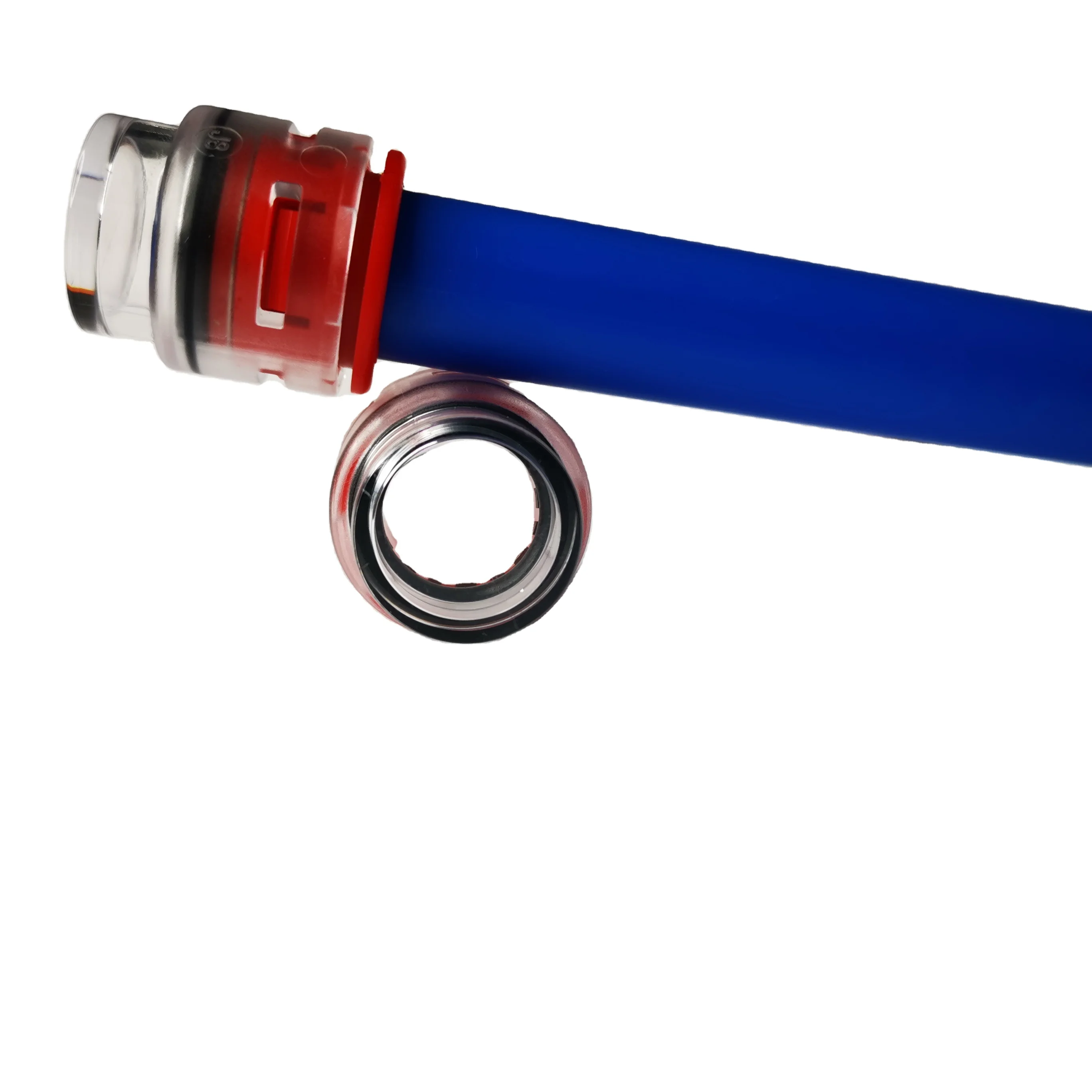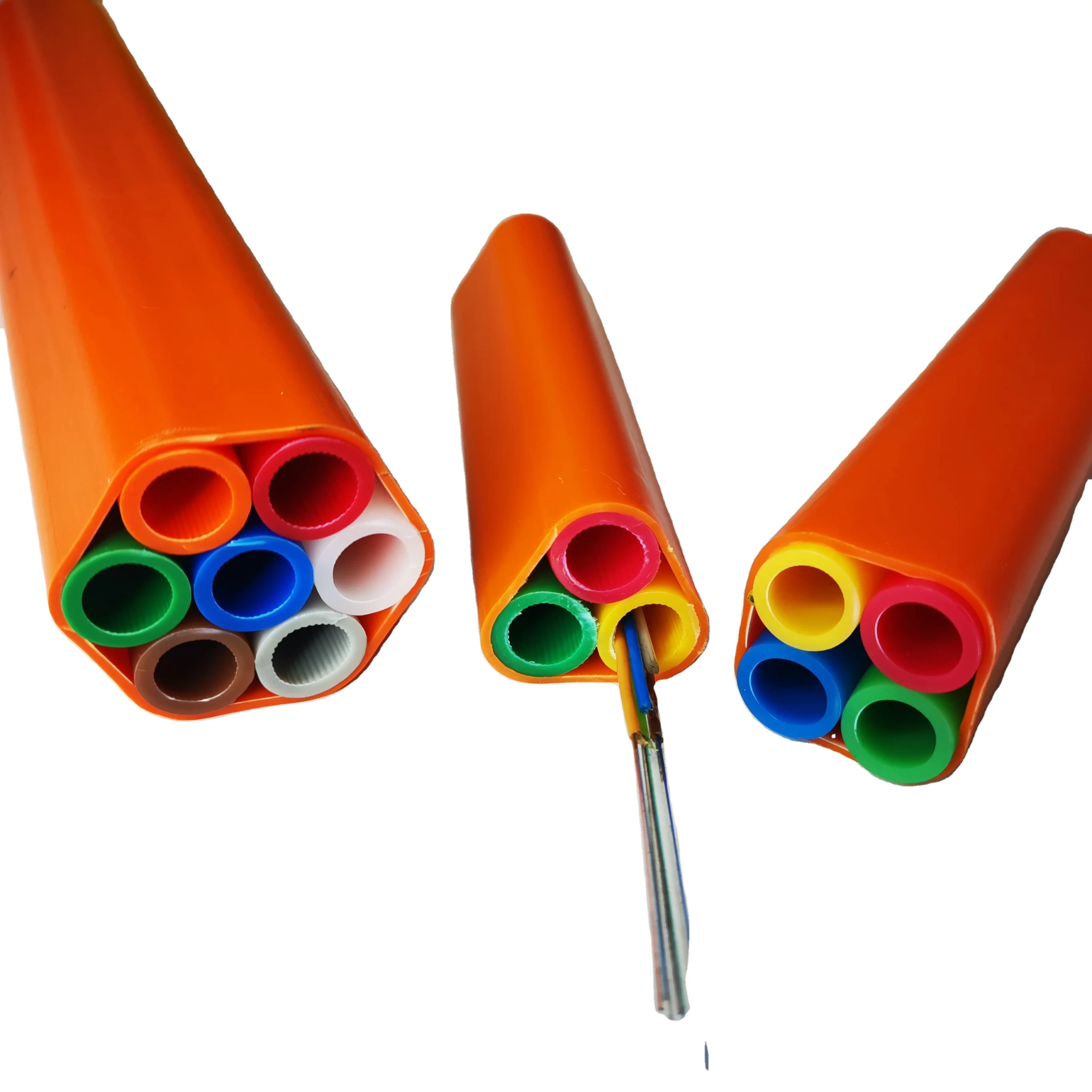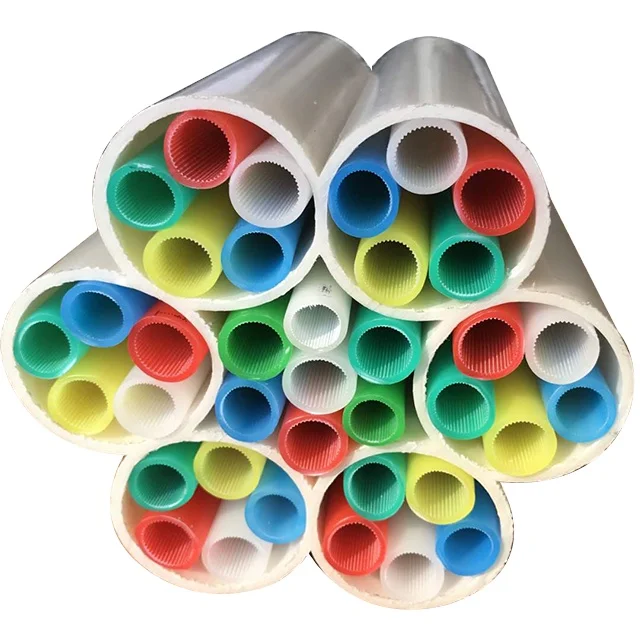The world of telecommunications see constant advancements especially in the deployment area to deploy backbone & last mile as fiber optic technologies are necessary to improve efficiencies and potential reversal or sustainability. Most notably from this stream flows the High-Density Polyethylene (HDPE) microducts, a giant stride in technology evolution transitioning into game changers that revolutionize our approach to communication network build and expansion. In an age of growing bandwidth requirements, these strangely thin tubes have ample room to provide a place where vital fiber optic cable can reside. This useful article will walk through you some interesting and ineffective things HDPE microducts can offer that are benefits the way we going ahead of as to why for a good minute thinking alternatives used cables lastly how plays an-vital part fiber optic cabling network solutions earth conscious green choice.
With more relevance to the uprise of IoT (Internet of Things), there is now a high demand for rapid data transfer - and with all this in mind, it might just be that whole telecommunications landscape as we know could be... about... change(accounts)? Designed to evolve with infrastructure Our evolution is built on the same HDPE microduct systems, enabling a tier of scalability and flexibility never seen before by traditional ducting. So the microducts are great for putting into already heavily congested city campuses while providing an easy way to drop in or replace cables — particularly considering our ever-changing technological landscape. By deploying HDPE microducts, network providers can ensure their infrastructure will be ready for whatever gets rolled out in coming years-from 5G to smart city technologies and beyond.

The innovation in HDPE microducts is a multi-faceted suite of solutions that offer to answer the specification concerns highlighted, and areas outside those immediate installation issues lenders not thinking meet their networks performing throughout [] These include pre-connectorized ducts that decrease installation time and enhance the seal, multi-layered ducting systems designed to work in harsh ambient environments. Pushable microduct systems can be installed in short time and do not need expensive blowing equipment either, making the whole process of laying cables relatively easy. Pronto Networks delivers an intelligent, open wireless broadband networking platform that telecom carriers can use to deliver a range of voice and data services while leveraging their existing infrastructure.

While two telecommunication companies in South America might choose to either subduct or traditionally bury fiber optic cable directly, those same providers may employ buried HDPE microducts elsewhere. This exhibition explains why they offer such great signal integrity and also ensures that no electrical interference can sneak into the amplifier to corrupt your RF measurement. Sliding cables in: The low friction of cable management systems should enable the easy and quick sliding in or pulling from method much better than metal ducts that may be dangerous to delicate jacketed cables due to rough edges. About the thickness of a brick, more than four inches in diameter and each one weighs several tons. If not, cable sizes range anywhere from a few hundreds to couple thousand fibers per strand which continue well beyond the general tens-of-millions of fiber count (an entire 12-inch conduit can be filled with ribbon cables and still remain small enough for an optical reclamp) at wildly greater densities through their usage rights-of-ways on an underground/overhead pathway never once being obtrusive or infringing upon structural integrity. A combination of this kind features is why they[8] are the best performed, consistent in advertising and marketing cable televisions as well as HDPE microducts definitely an outstanding alternative for wire administration.

HDPE microducts are integral in the process of local authorities, upgrading their telecommunication infrastructure so that they can keep up with demands brought by an increasingly digital society. These ducts can accommodate connecting in-place networks without the need to dig and install new fiber lines, a costly disruption dividends for operators. Such ability is precious when migrating legacy systems to power high-speed internet and nowadays communications servers. Last, but not least if you can future proof microduct networks this should also offer an infrastructure investment protection. It enables fast, low-cost deployments in developed and developing regions to help bridge the digital divide, increase connectivity and boost economic growth.
We offer in-sales, pre-sales, and after-sales service. Our technical staff provides technical consultations, solution design and installation guidance. In choice, our hdpe microduct guarantees prompt response and quick solutions to your demands.
We are specialized in systematic and hdpe microduct. We continue to enhance R and D investment and form close cooperative relationships with clinical studies institutes and universities. We continue steadily to create newer products and technology to adjust to the evolving needs of our clients.
We have over 20 years working with correspondence conduits. Our facility, which spans 5,000 square metres, is prepared with higher level manufacturing equipment and an hdpe microduct. To guarantee stability and reliable product We strictly abide by the international standards.
The conduits we use to connect our equipment are constructed of natural content of the hdpe microduct, with the high levels of craftsmanship. The conduits are built of high-end garbage which are crafted using exquisite workmanship. You can expect a variety products which are available in a variety of specs. They may be tailored to suit your needs.


Copyright © Qitian Communication Industry Ningxia Co., Ltd All Rights Reserved - Privacy Policy